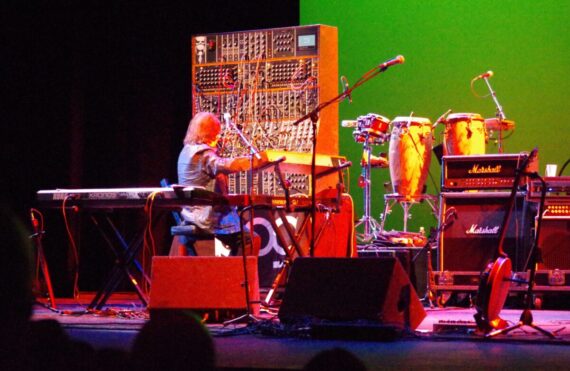Klevgrand Introduces Parrot Audio Repeater Effect
Today, Klevgrand has introduced Parrot, a new audio effect for Mac/Windows that’s designed to let you create audio repeat effects, from subtle beat variation to harmonic accents to glitchy mayhem,.
Parrot creates rhythmic patterns by sampling small slices of incoming audio, and repeating it in a sequenced loop. With control over loop length, pitch, variation, dynamics and filtering, the result can easily take off in any direction you want.
Each slice becomes part of a loop that keeps reshaping itself as you adjust parameters. The sequencer reacts strongly to small changes, so even minor tweaks can introduce new pulses, stutters or harmonic shifts.
Parrot can hold on to a steady rhythm, but it can also create broken loops and glitchy textures that evolve over time.

Features:
- Loop-based live sampling with sequenced playback (step-sequencer with up to 16 steps)
- Per-step pitch control and accent
- Variable note values for evolving rhythms
- Pan alternation following sequencer
- Evolving filter section with multiple modes
- Evolving volume curve
- Separate dry-signal filter
- DAW sync or free-running mode
- Humanizer for subtle timing variation
- Mute/Solo during sampling
- Lock parameters for save preset-switching
- Preset collection
Parrot is available now, with an intro price of $29.99 (normally $49.99).




